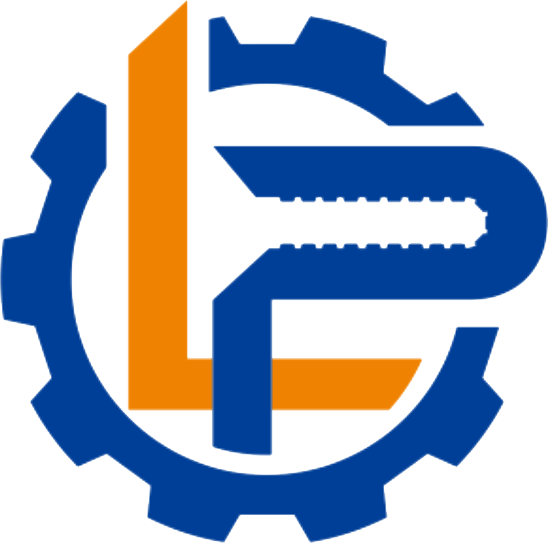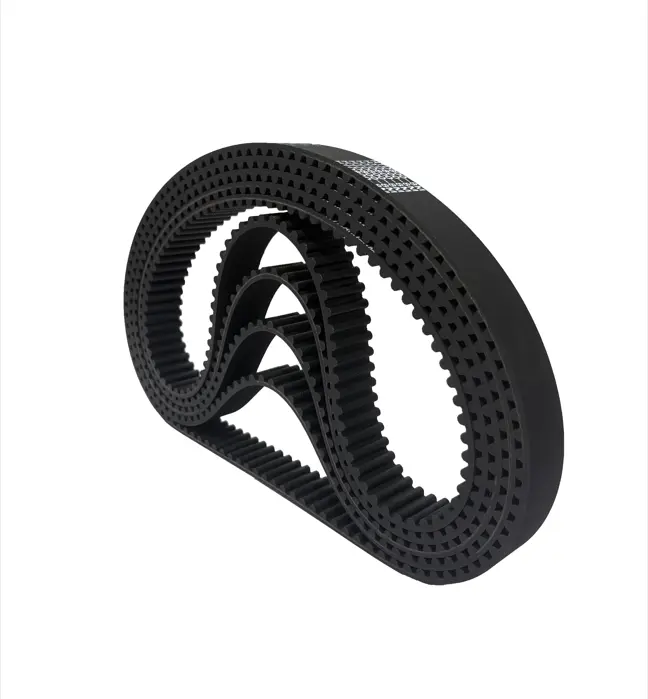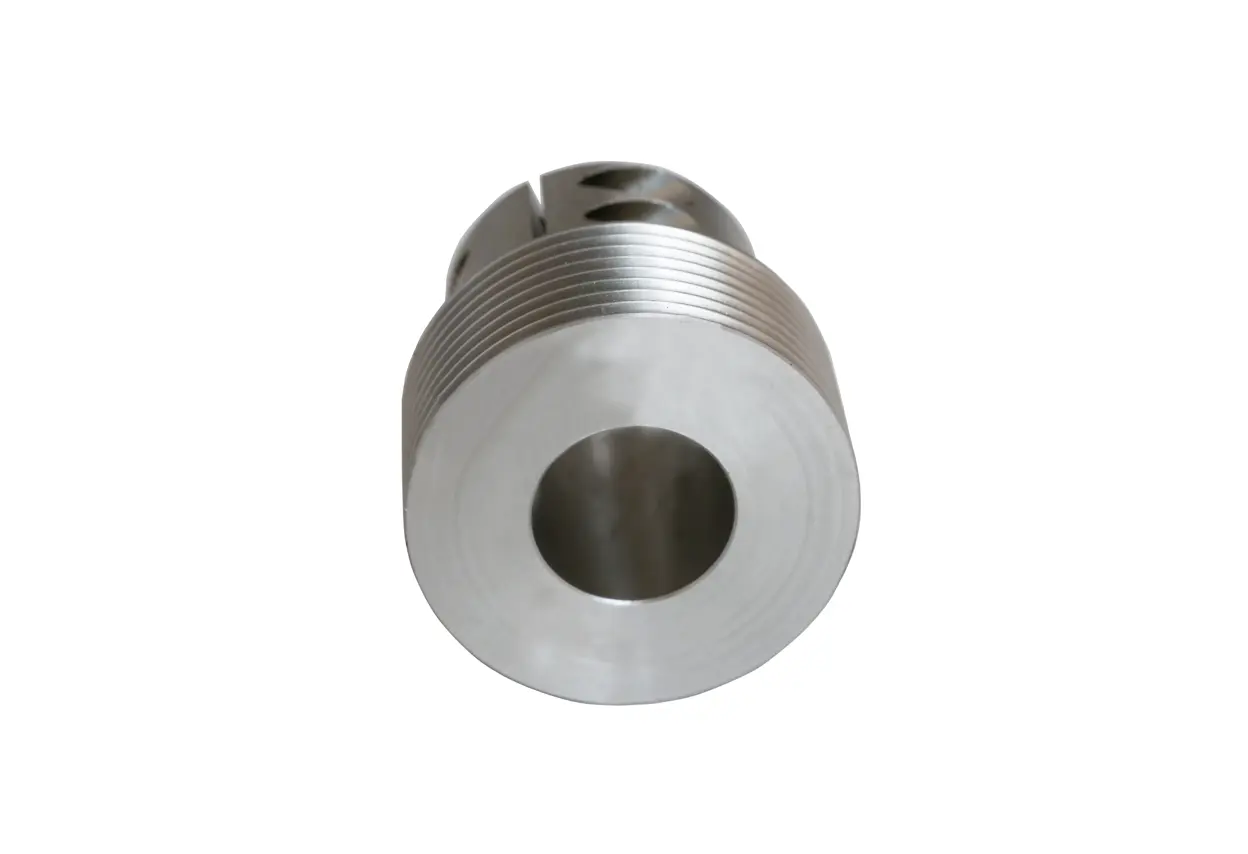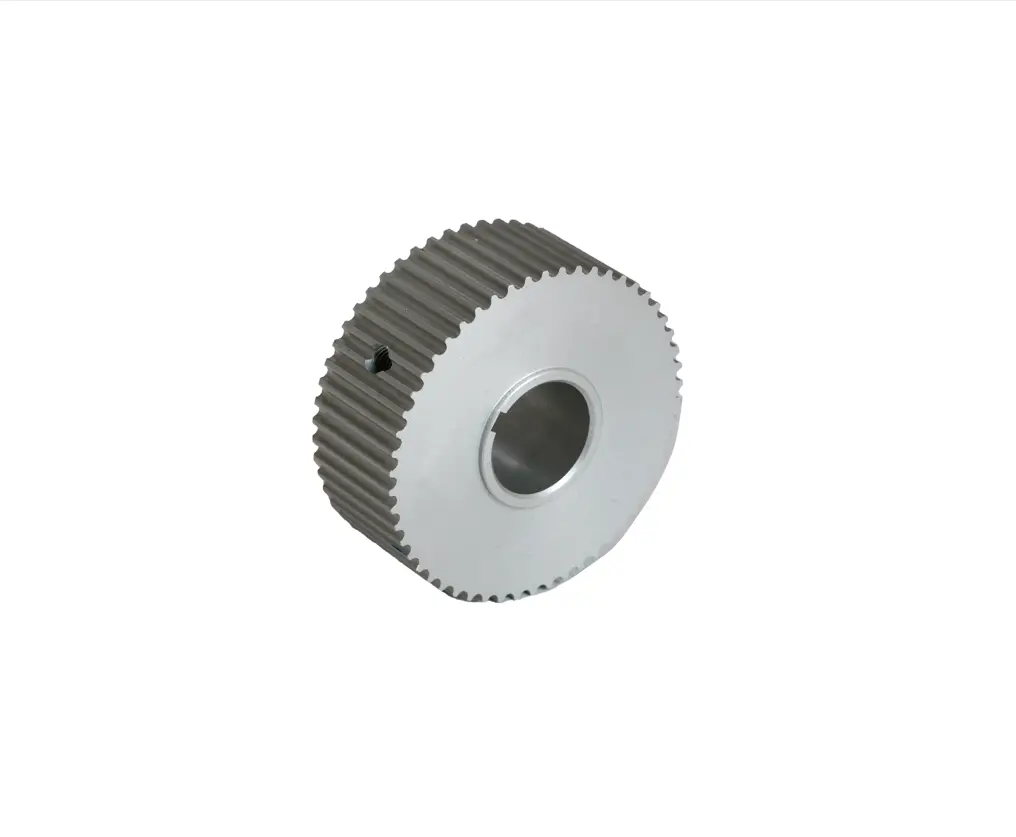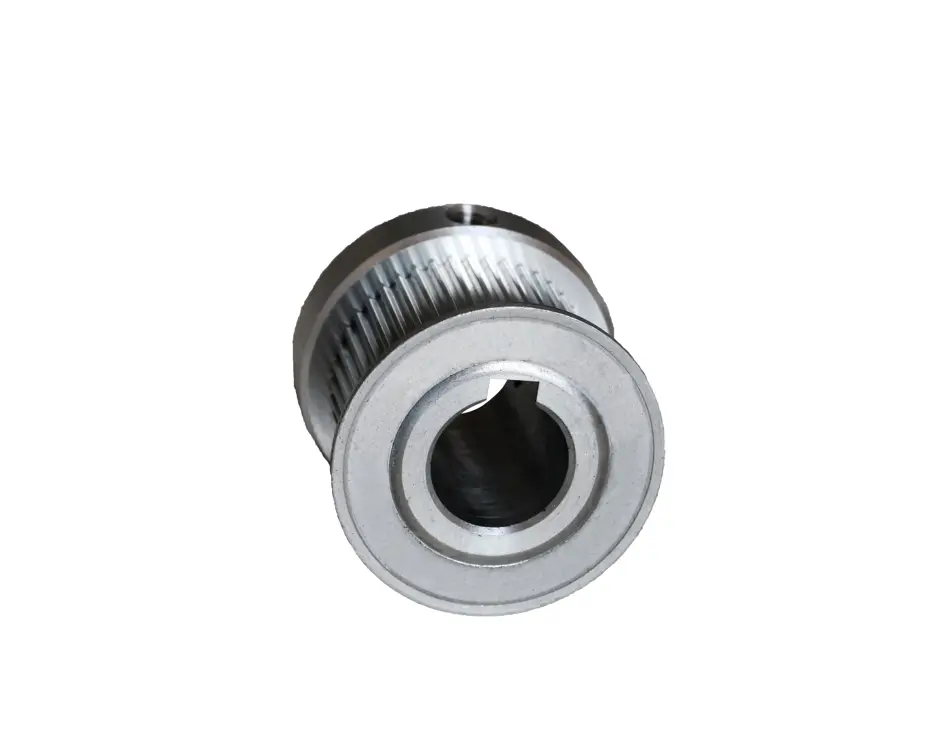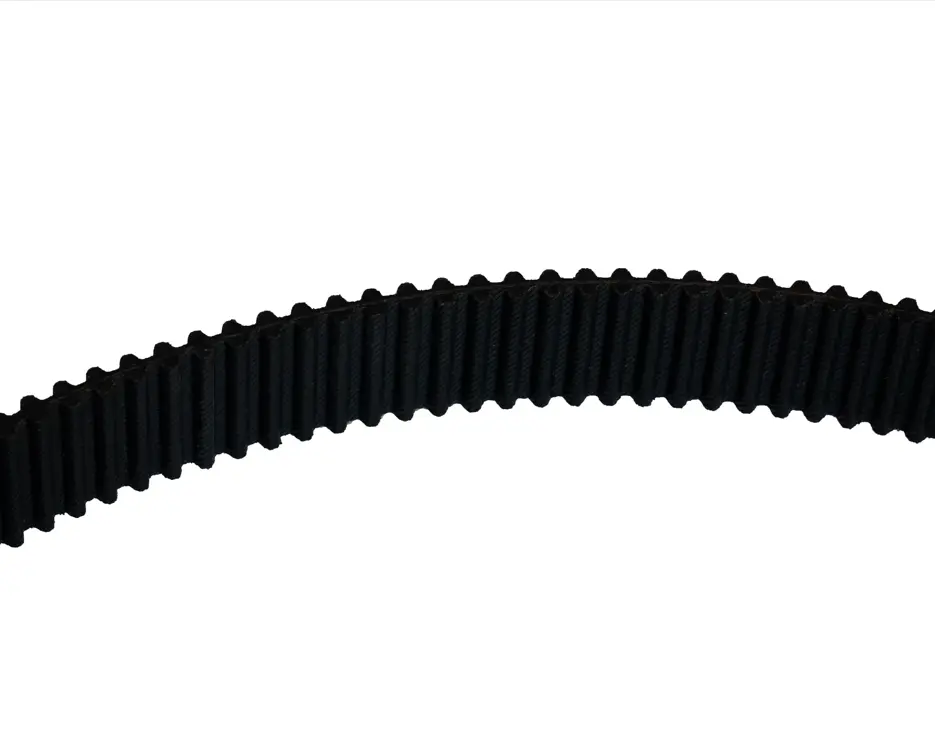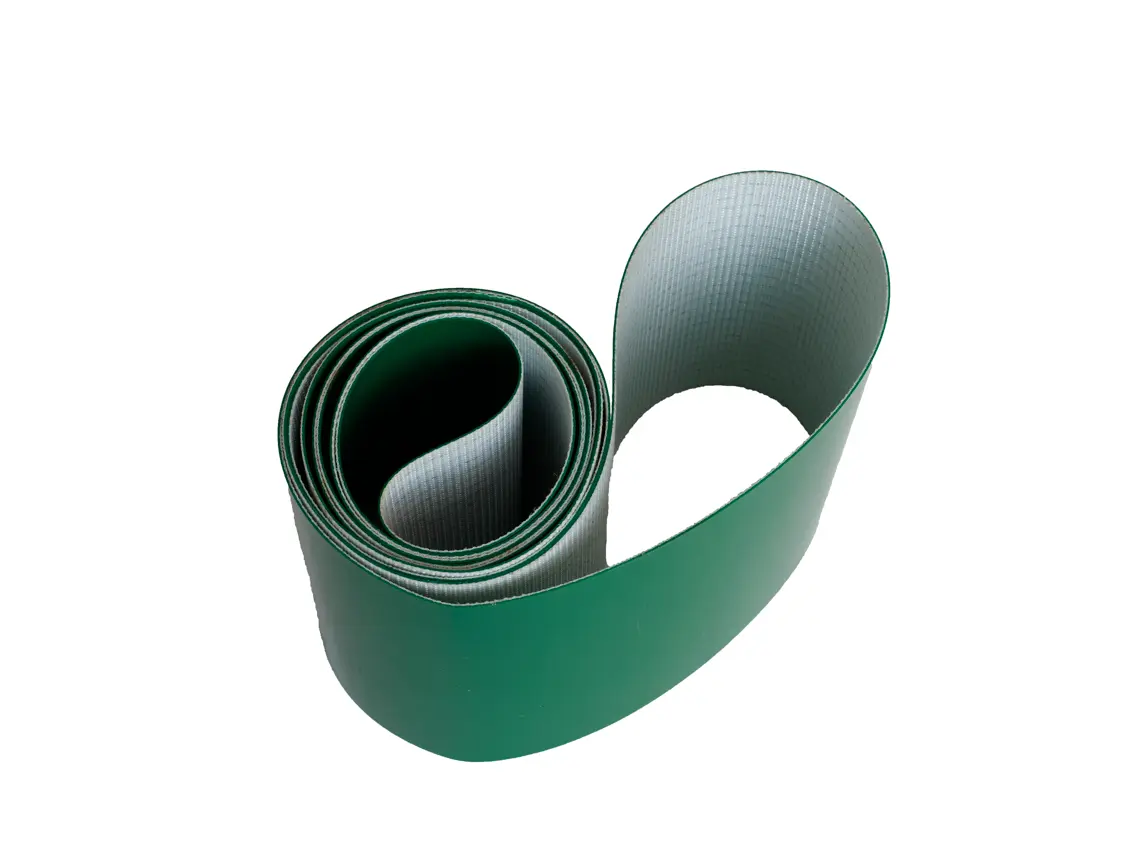Selecting the Right Timing Pulley Tooth Profile

Manufacturers know that picking the right timing pulley tooth profile matters. They match profiles to the load, speed, and environment of each application. Synchronous Pulleys with arc-shaped teeth engage belts smoothly and cut slippage. Aluminum Timing Pulleys and Drive Pulleys benefit from precision engineering, which boosts reliability and lowers maintenance costs.
Key Takeaways
- Choosing the right timing pulley tooth profile is crucial for machine performance. It affects power transmission, wear, and overall efficiency.
- Consider load, speed, and environmental conditions when selecting a tooth profile. Matching these factors ensures smooth operation and longevity.
- Regular maintenance and inspections help prevent issues. A well-chosen profile reduces the need for repairs and keeps machines running reliably.
Understanding Timing Pulley Tooth Profiles
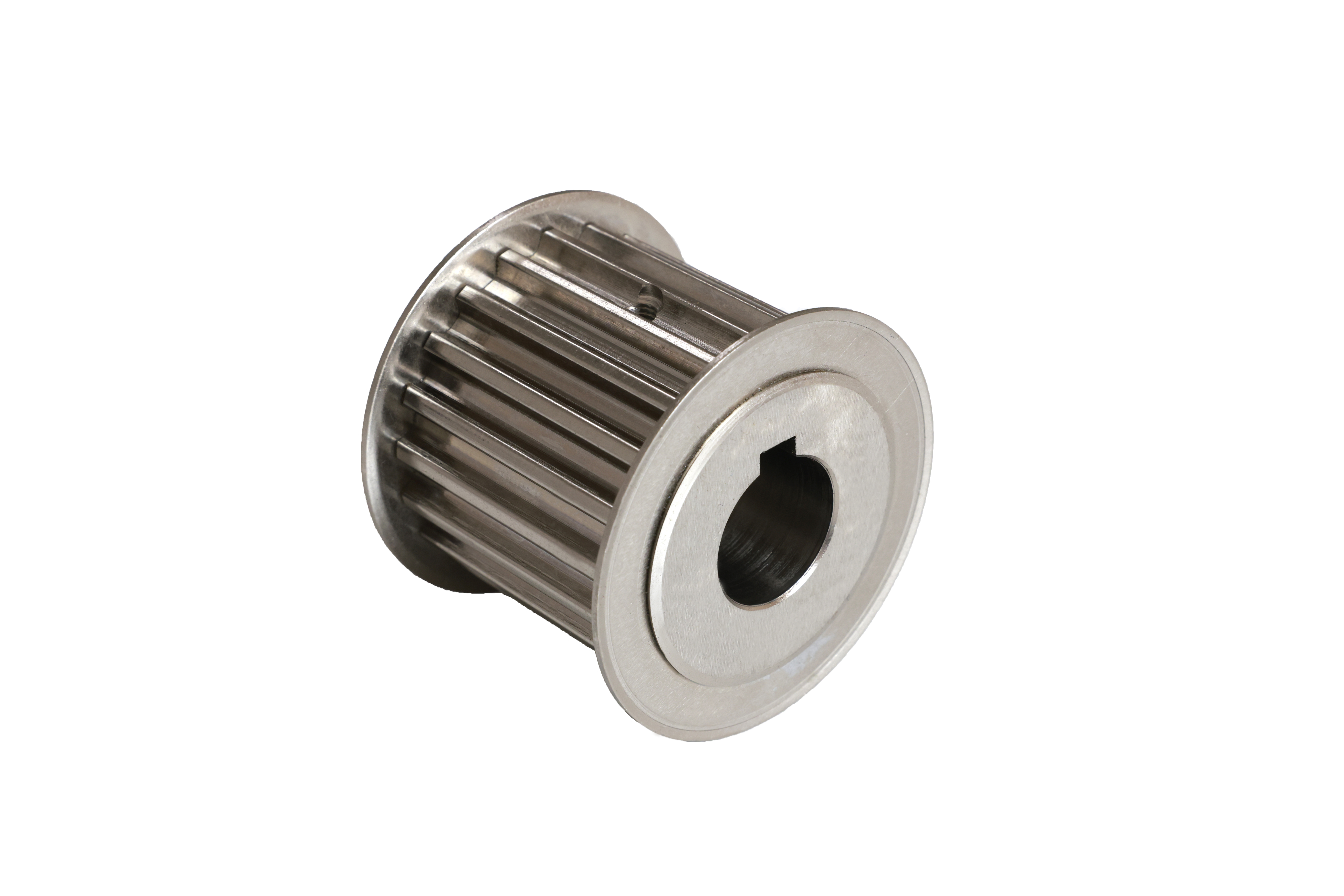
What Is a Timing Pulley Tooth Profile?
Key point: Timing pulley tooth profiles shape how Belts And Pulleys work together in machines.
A timing pulley tooth profile is the shape of the teeth on a pulley that meshes with a timing belt. These profiles help Synchronous Pulleys grip the belt and move it without slipping. Manufacturers use different profiles to match the needs of their machines. The two main types are trapezoidal and curvilinear. Trapezoidal profiles have straight sides and sharp corners. Curvilinear profiles have rounded shapes that fit the belt more smoothly.
Some of the most common timing pulley tooth profiles in manufacturing include:
- Standard Trapezoidal Tooth Profile: Used for low to moderate torque jobs because it is easy to find and works well.
- Curvilinear Tooth Profiles: Chosen for high torque jobs since they reduce backlash and improve performance.
Manufacturers often see these profiles:
pitch code:
MXL/XL/L/H/XH/XXH
T2.5/T5/T10/T20
3M/5M/8M/14M/20M
AT3/AT5/AT10/AT20
S2M/S3M/S4.5M/S5M/S8M/S14M
1.5GT/2GT/3GT/5GT/8GT/14GT
1m/1.5m/2m/2.5m/3m/4m/5m/7m/10m
Why Tooth Profile Selection Matters
Key point: The right tooth profile boosts machine performance and reduces wear.
Tooth profile selection affects how well a machine transmits power. The shape of the teeth, whether trapezoidal or curvilinear, changes how the belt and pulley share force. Trapezoidal profiles follow ISO standards and work well for many uses, but they can create high stress and wear in tough jobs. Curvilinear profiles lower stress and backlash, so they run smoother and last longer in high torque settings.
Choosing the right profile also improves power transmission efficiency. Good meshing between the belt and pulley means better synchronicity and less slippage. Synchronous Pulleys with the right tooth profile help machines run smoothly and reliably.
Key Factors in Tooth Profile Selection
Load Requirements
Key point: The right tooth profile handles the load and torque demands of the application.
Every machine puts different loads on its timing system. Some need to move heavy parts, while others work with lighter loads. The tooth profile must match these needs. High torque applications require belts and pulleys made from strong materials like reinforced synthetic fibers or high-performance elastomers. These materials give the system the strength and flexibility it needs to handle changing torque.
- Tooth profiles designed for optimal load distribution help spread the force evenly across the belt and pulley.
- High-tensile-strength cords, such as those made from steel or aramid fibers, resist stretching and keep the system stable.
- Minimal stretchability means the belt stays tight and keeps everything in sync.
- Some profiles absorb vibrations and shocks, which helps the system run smoothly even when loads change suddenly.
Synchronous Pulleys with the right tooth profile can handle tough jobs without wearing out quickly. This choice keeps machines running longer and reduces the need for repairs.
Speed and Motion Precision
Key point: Tooth profile geometry affects how accurately and smoothly a system moves.
Machines that need precise movement, like robots or automated tools, depend on the right tooth profile. The shape of the teeth controls how well the belt and pulley move together. Some systems, such as Rack And Pinion, offer very high positioning accuracy. They can reach tooth pitch errors in the single-micron range, which is important for tasks that need exact motion.
- Backlash, or the slight movement between teeth, can affect accuracy. Some designs use special features to reduce this.
- Synchronous Pulleys with curvilinear or modified curvilinear profiles often provide smoother engagement and less backlash.
- For high-speed applications, the right tooth profile helps keep the belt from skipping or slipping.
Choosing the correct profile ensures the machine moves as planned, every time.
Environmental Conditions
Key point: The working environment impacts the choice of tooth profile and materials.
Factories and machines operate in many different environments. Some face dust, oil, or chemicals. Others work in hot or cold places. The tooth profile and the materials used must stand up to these conditions.
Tip: Select belts and pulleys with protective coatings or materials if the environment is harsh.
- Some profiles work better in dirty or wet settings because they shed debris more easily.
- High-performance elastomers resist chemicals and temperature changes.
- Synchronous Pulleys made from corrosion-resistant materials last longer in tough environments.
Matching the tooth profile and materials to the environment helps prevent early wear and keeps machines running smoothly.
Belt and Pulley Compatibility
Key point: Matching belt and pulley profiles is essential for system performance and lifespan.
The belt and pulley must fit together perfectly. If the profiles do not match, problems can happen fast.
- Mismatched profiles limit the contact area, which increases strain and causes faster wear.
- Uneven wear leads to more frequent replacements and possible downtime.
- Excessive vibration from poor fit can stress other machine parts.
- Safety risks increase if the belt slips or jumps off the pulley.
Regular inspection and maintenance help catch issues early. When Synchronous Pulleys and belts are compatible, the system runs efficiently and lasts longer.
Maintenance and Longevity
Key point: The right tooth profile reduces maintenance needs and extends system life.
A well-chosen tooth profile means less time spent on repairs and more time working. Proper selection and regular care keep belts and pulleys in top shape.
- Good compatibility and material choice prevent common issues like misalignment and contamination.
- Regular checks help spot wear before it becomes a problem.
- Systems with the right profile and materials resist stretching, cracking, and ply separation.
Note: A maintenance plan that includes inspections and timely replacements keeps machines reliable.
Synchronous Pulleys with the right tooth profile help manufacturers avoid unexpected breakdowns and keep production moving.
Comparing Common Tooth Profiles
Trapezoidal (Classical) Profiles (MXL, XL, L, H, XH, XXH)
Trapezoidal profiles stand out for their simple, classic tooth shape. They work well in many machines that need steady force and precise movement.
- Trapezoidal teeth transmit force well.
- They fit best in precision conveying and linear positioning.
- These profiles can wear faster under high torque or speed because of their blunt shape.
Manufacturers often choose these profiles for reliable, everyday use.
Curvilinear Profiles (HTD: 3M, 5M, 8M, 14M, 20M)
Curvilinear profiles use a rounded tooth design. This shape helps spread force more evenly across the belt and pulley.
- Curvilinear teeth reduce tension loss.
- They minimize force concentration, which helps the belt last longer.
- Sometimes, these profiles can cause backlash, which may affect accuracy.
Many high-torque machines use curvilinear profiles for smoother operation.
Modified Curvilinear Profiles (GT, 1.5GT, 2GT, 3GT, 5GT, 8GT, 14GT)
Modified curvilinear profiles take the benefits of curvilinear shapes and improve them. They offer better engagement and less backlash.
These profiles help machines run quietly and smoothly, even at high speeds.
Manufacturers pick these profiles for robotics, automation, and other advanced systems.
Metric Pitch and AT Profiles (T2.5, T5, T10, T20, AT3, AT5, AT10, AT20, S2M, S3M, S4.5M, S5M, S8M, S14M)
Metric pitch and AT profiles focus on efficiency and compatibility. They use a tooth and groove design that locks the belt and pulley together.
- Metric pitch belts work with matching pulleys for efficient power transfer.
- Their design prevents slippage and boosts efficiency.
- Synchronous Belt Drives with these profiles come in many materials and shapes.
These profiles fit well in systems that need high efficiency and reliable performance.
Advantages and Best-Use Scenarios
When to Choose Trapezoidal Profiles
Trapezoidal profiles work best for simple, steady jobs. They handle lower torque and do not mind a little bit of backlash.
- These profiles fit well in low-speed, light conveyor systems.
- They suit jobs where small amounts of noise or wear do not cause problems.
- Many factories use them for basic power transmission.
Tip: Trapezoidal profiles keep things simple and reliable for everyday tasks.
When to Choose Curvilinear Profiles
Curvilinear profiles shine in high-speed automation. They spread force smoothly and handle more torque than trapezoidal shapes.
Here is a quick look at how they compare:
| Feature | Curvilinear Profiles (HTD) | Modified Curvilinear Profiles | Trapezoidal Tooth Belts (MXL) |
|---|---|---|---|
| Torque Capacity | Improved | Comparable to MXL | Low Backlash |
| Backlash | Higher | Low | Low |
| Suitability for High-Speed | Yes | Yes | No |
| Flexibility | High | High | Moderate |
| Fatigue Stress | Low | Low | High |
Curvilinear profiles help machines run fast and smooth, but they may not fit jobs that need pinpoint accuracy.
When to Choose Modified Curvilinear Profiles
Modified curvilinear profiles offer the best of both worlds. They work well for high-precision and high-speed jobs.
This design uses a lower tooth depth and a higher flank angle. These features help the belt grip better and reduce backlash. Robotics and automation systems often use these profiles because they need both speed and accuracy. The belt shares the load across more teeth, which helps prevent slipping even under heavy force.
When to Choose Metric Pitch and AT Profiles
Metric pitch and AT profiles give flexibility and strong performance. They fit many machines that need reliable power transfer.
These profiles lock the belt and pulley together tightly. They work well in systems that need steady, efficient movement. Many manufacturers pick them for packaging, printing, and light automation.
Note: Metric pitch and AT profiles make it easy to match belts and pulleys for smooth, trouble-free operation.
Synchronous Pulleys: Common Mistakes to Avoid
Manufacturers often face challenges when choosing timing pulley tooth profiles. The right choice keeps machines running smoothly. The wrong choice can lead to noise, wear, and unexpected downtime. Let’s look at common mistakes and how to avoid them.
Overlooking Load and Speed Requirements
Some manufacturers forget to match the tooth profile to the load and speed of their machines. Smaller pulleys may need a different tooth profile than larger pulleys. The type of tooth profile depends on the needs of the application and the kind of timing belt used. Here’s a quick table to show what can go wrong:
| Mistake | Result |
|---|---|
| Wrong profile for load | Premature wear |
| Wrong profile for speed | Reduced efficiency |
| Ignoring pulley size | Poor belt engagement |
Ignoring Environmental Factors
Factories can be hot, cold, dusty, or wet. Some manufacturers ignore these conditions. Belts and pulleys may wear out faster if the environment is harsh. Choosing materials and profiles that resist chemicals, moisture, and temperature changes helps prevent problems.
Tip: Always check the working environment before selecting a tooth profile.
Mismatching Belt and Pulley Profiles
Mismatched profiles cause trouble. If the tooth design does not match the pulley, the system may skip, make noise, or lose efficiency. Selecting the wrong belt profile for a pulley can result in slippage and early wear. Significant misalignment in the belt system leads to more problems. Here’s what can happen:
- Skipping and noise
- Reduced efficiency
- Premature wear
- Operational inefficiencies
Neglecting Maintenance Considerations
Some manufacturers forget about maintenance. Regular checks and timely replacements keep Synchronous Pulleys working well. Ignoring maintenance can lead to breakdowns and costly repairs. A good maintenance plan helps spot issues early and keeps machines reliable.
Tips for Optimal Profile Selection
Consult Manufacturer Specifications
Choosing the right timing pulley tooth profile starts with understanding what manufacturers recommend. Each manufacturer offers different profiles and materials. They also provide details about which profiles work best for certain jobs.
- Check the manufacturer's catalog for available tooth profiles.
- Match the profile to the power and torque needs of the application.
- Use trapezoidal teeth for machines with low or medium power.
- Pick curvilinear profiles for high power or when the job needs more precision.
Tip: Manufacturer guides often include charts and tables that make selection easier.
Test for Application Fit
Testing helps confirm that the chosen profile works well in real conditions. A profile might look good on paper, but machines can behave differently during operation. Manufacturers often run short trials to see how the belt and pulley perform together.
Try these steps:
- Install the selected profile in a test setup.
- Run the machine at normal speed and load.
- Watch for slippage, noise, or wear.
Testing helps spot problems early and saves time later.
Plan for Future Maintenance
Good planning keeps machines running longer. When selecting a profile, think about how easy it will be to inspect and replace parts. Some profiles make maintenance faster and simpler.
Note: Choose profiles that allow for quick checks and easy belt changes.
Seek Expert Advice When Needed
Sometimes, the best choice is not clear. Experts can help with tricky applications or special environments. They know which profiles work best for unique needs.
A quick call or email to a specialist can prevent costly mistakes.
Practical Application Examples
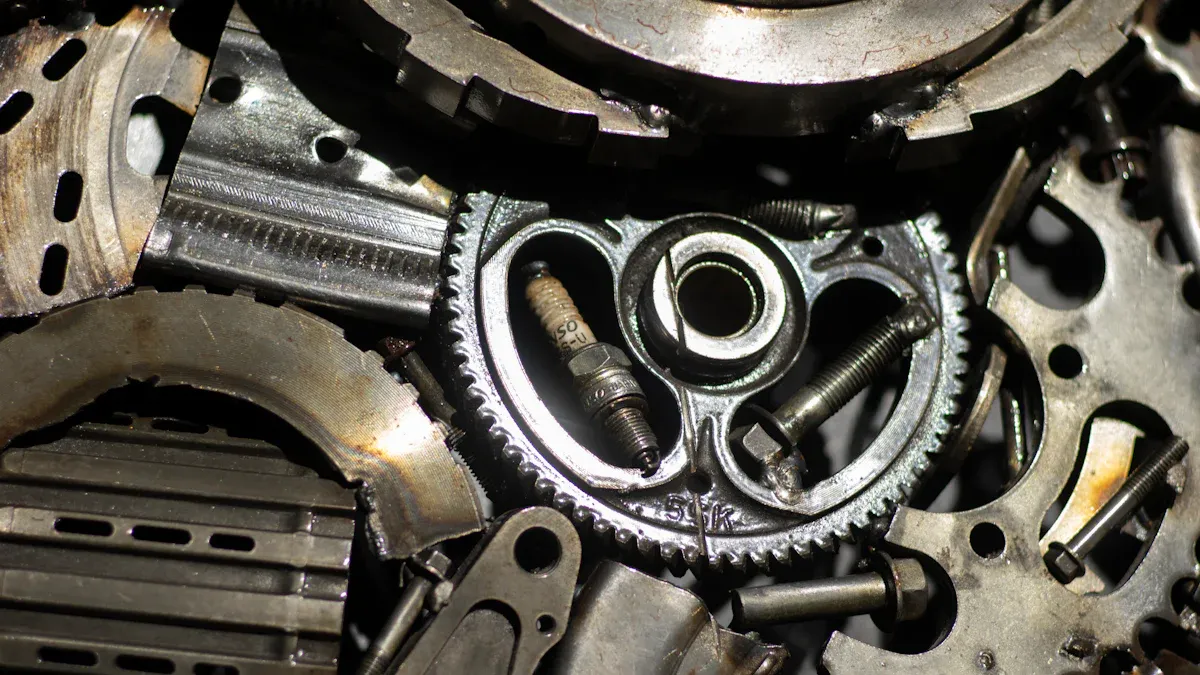
Profile Selection for Conveyor Systems
Key point: Conveyor systems need timing pulley profiles that support steady movement and handle heavy loads.
Conveyor systems move products from one place to another. They often run for long hours and carry heavy items. Manufacturers pick trapezoidal profiles like XL or L for light-duty conveyors. These profiles offer reliable grip and easy maintenance. For heavy-duty conveyors, curvilinear profiles such as HTD 8M or 14M work better. They spread force across more teeth and reduce wear.
Tip: Always check the load and speed before choosing a profile for conveyors.
Common Choices:
- Light-duty: XL, L
- Heavy-duty: HTD 8M, HTD 14M
Profile Selection for Packaging Machinery
Key point: Packaging machines need precise timing and smooth operation.
Packaging machinery must move quickly and stop at exact spots. Modified curvilinear profiles like 3GT or 5GT help these machines run quietly and accurately. Metric pitch profiles such as T5 or AT5 also work well. They lock the belt and pulley together for precise motion.
Table: Popular Profiles for Packaging Machines
| Application | Profile | Benefit |
|---|---|---|
| Carton Sealing | 3GT, 5GT | Low noise |
| Labeling | T5, AT5 | High accuracy |
Profile Selection for Robotics and Automation
Key point: Robotics and automation systems need high precision and low backlash.
Robots and automated tools must move with exact timing. Manufacturers choose modified curvilinear profiles like 2GT or 3GT for these jobs. These profiles offer smooth engagement and reduce backlash. Synchronous pulleys with these profiles help robots repeat movements with high accuracy.
Note: Always test the profile in your robot before full production.
Popular Profiles:
- 2GT, 3GT for precision
- S2M, S3M for smooth motion
Manufacturer's Checklist for Tooth Profile Selection
Step-by-Step Selection Process
Key point: A clear process helps manufacturers pick the best timing pulley tooth profile for each job.
Manufacturers often face many choices. They need a simple way to decide which tooth profile fits their needs. Here’s a step-by-step process that guides them:
-
Define the Application
They start by listing the machine’s purpose and main tasks. -
Assess Load and Speed
They check how much force and speed the system needs. -
Review Environmental Conditions
They look at temperature, dust, moisture, and chemicals in the workspace. -
Check Belt and Pulley Compatibility
They make sure the belt and pulley profiles match perfectly. -
Consider Maintenance Needs
They think about how often the system will need checks or replacements. -
Consult Manufacturer Data
They read charts and guides from trusted suppliers.
Tip: Manufacturers who follow these steps avoid common mistakes and keep machines running smoothly.
Quick Reference Checklist
Key point: A quick checklist helps manufacturers double-check their choices before finalizing.
Here’s a handy table for fast review:
| Step | Action | ✅ Check |
|---|---|---|
| Application | Machine type and purpose | |
| Load/Speed | Torque and RPM requirements | |
| Environment | Temperature, dust, chemicals | |
| Compatibility | Belt and pulley match | |
| Maintenance | Inspection and replacement | |
| Manufacturer Specs | Profile and material data |
Manufacturers can print this checklist and keep it near their design station.
Emoji tip: 📝 Use this list every time a new project starts!
Selecting the right timing pulley tooth profile keeps machines running smoothly. Manufacturers follow a clear process: define the job, check load and speed, review the environment, match profiles, and plan maintenance.
Using the checklist for every new project helps them avoid mistakes and boost reliability. 🛠️
FAQ
Key point: This section answers common questions about timing pulley tooth profiles for manufacturers.
What is the most important factor when choosing a timing pulley tooth profile?
The most important factor is matching the tooth profile to the machine’s load and speed needs. This ensures smooth operation and long system life.
Can different timing pulley profiles work together in one system?
No, they cannot. Each belt and pulley must have the same tooth profile. Mixing profiles causes slippage, noise, and early wear.
How often should manufacturers inspect timing pulleys and belts?
Manufacturers should check pulleys and belts every few months.
- Look for wear, cracks, or misalignment.
- Replace parts if needed to avoid breakdowns.
